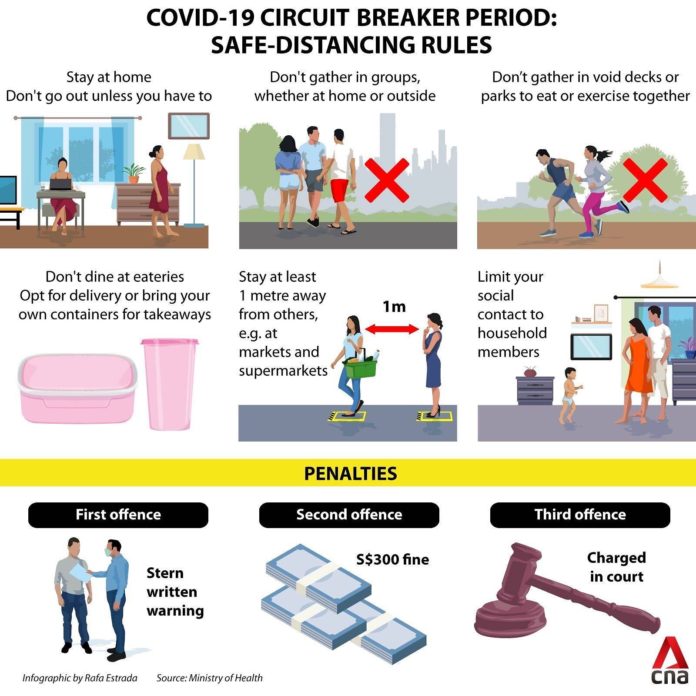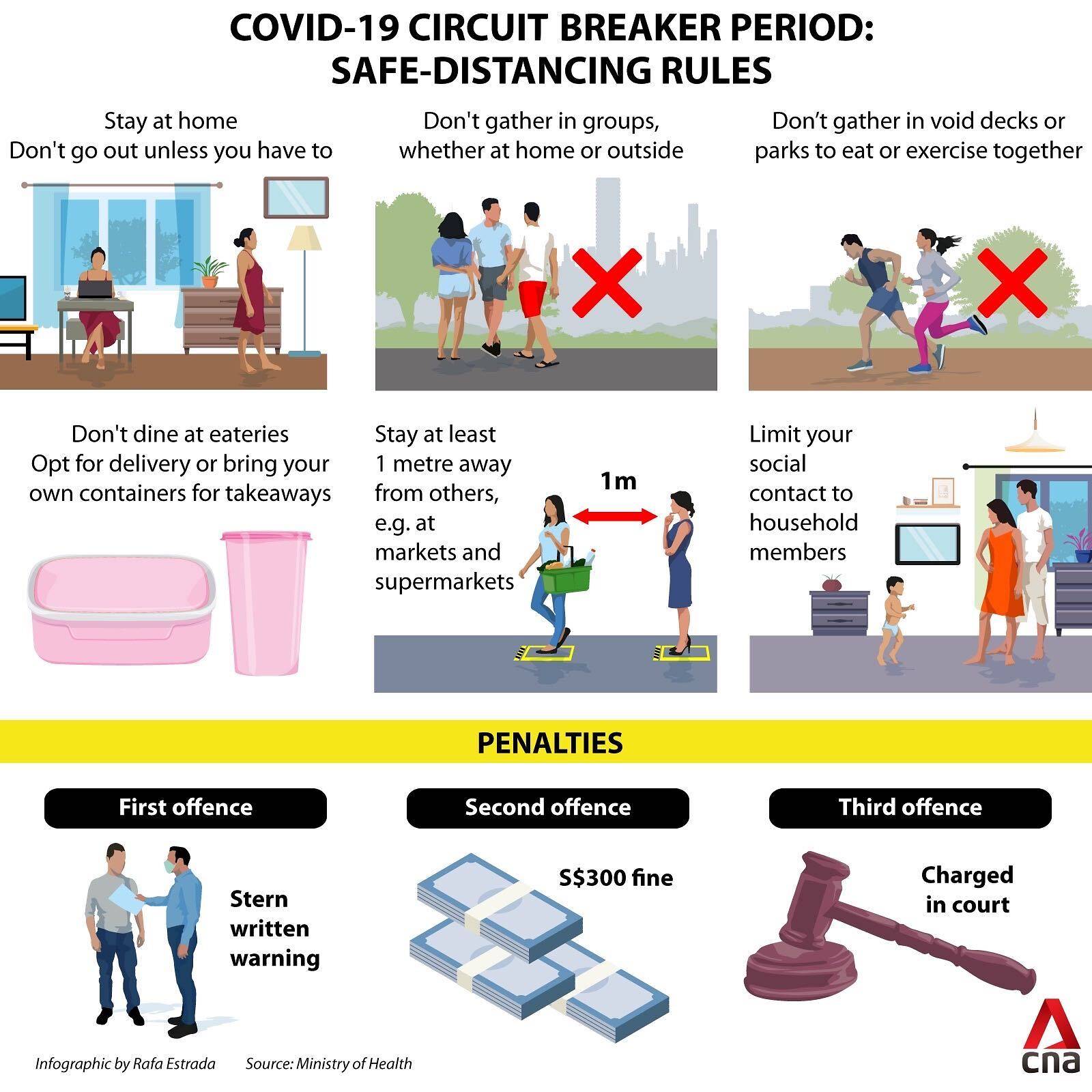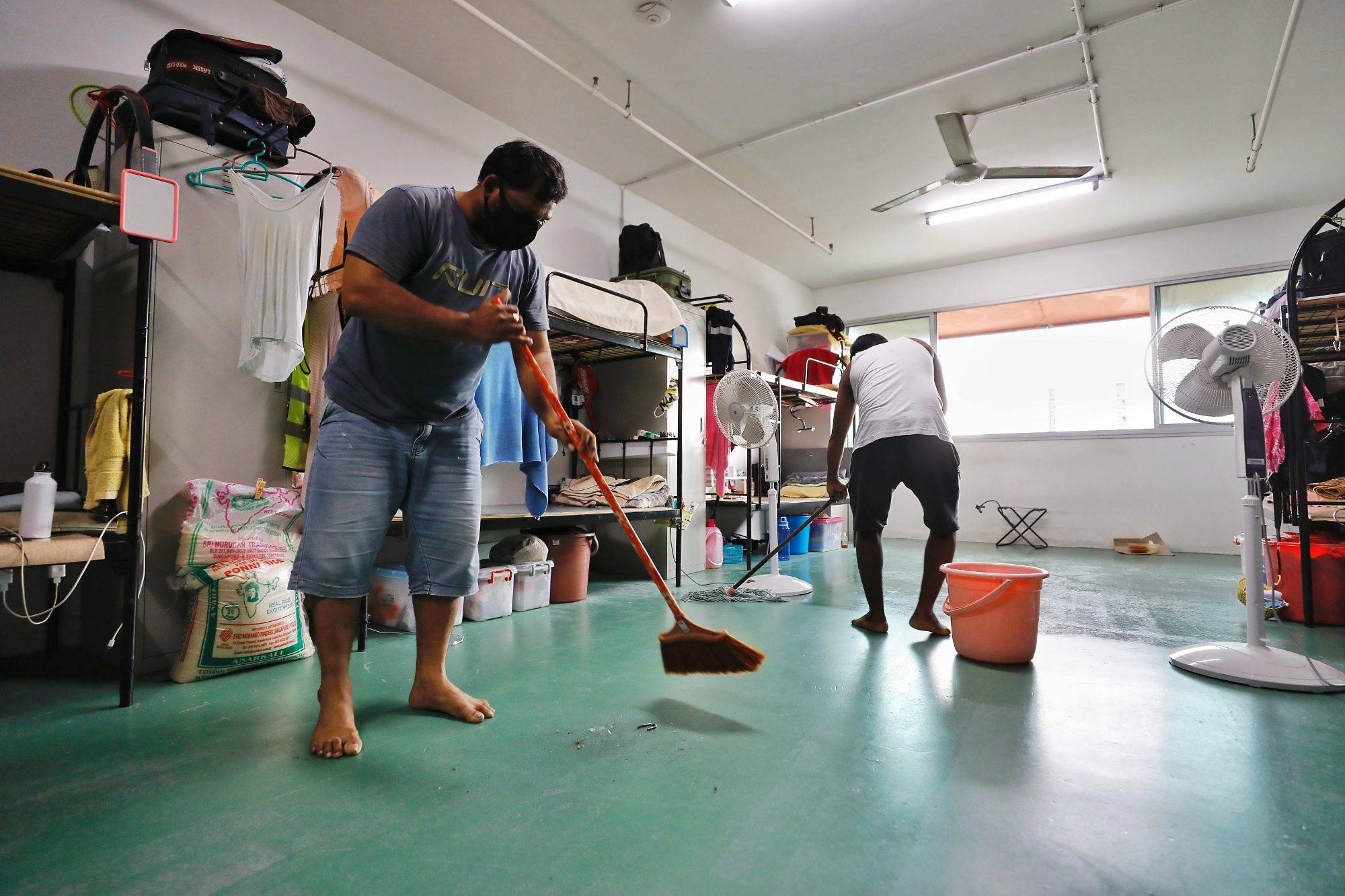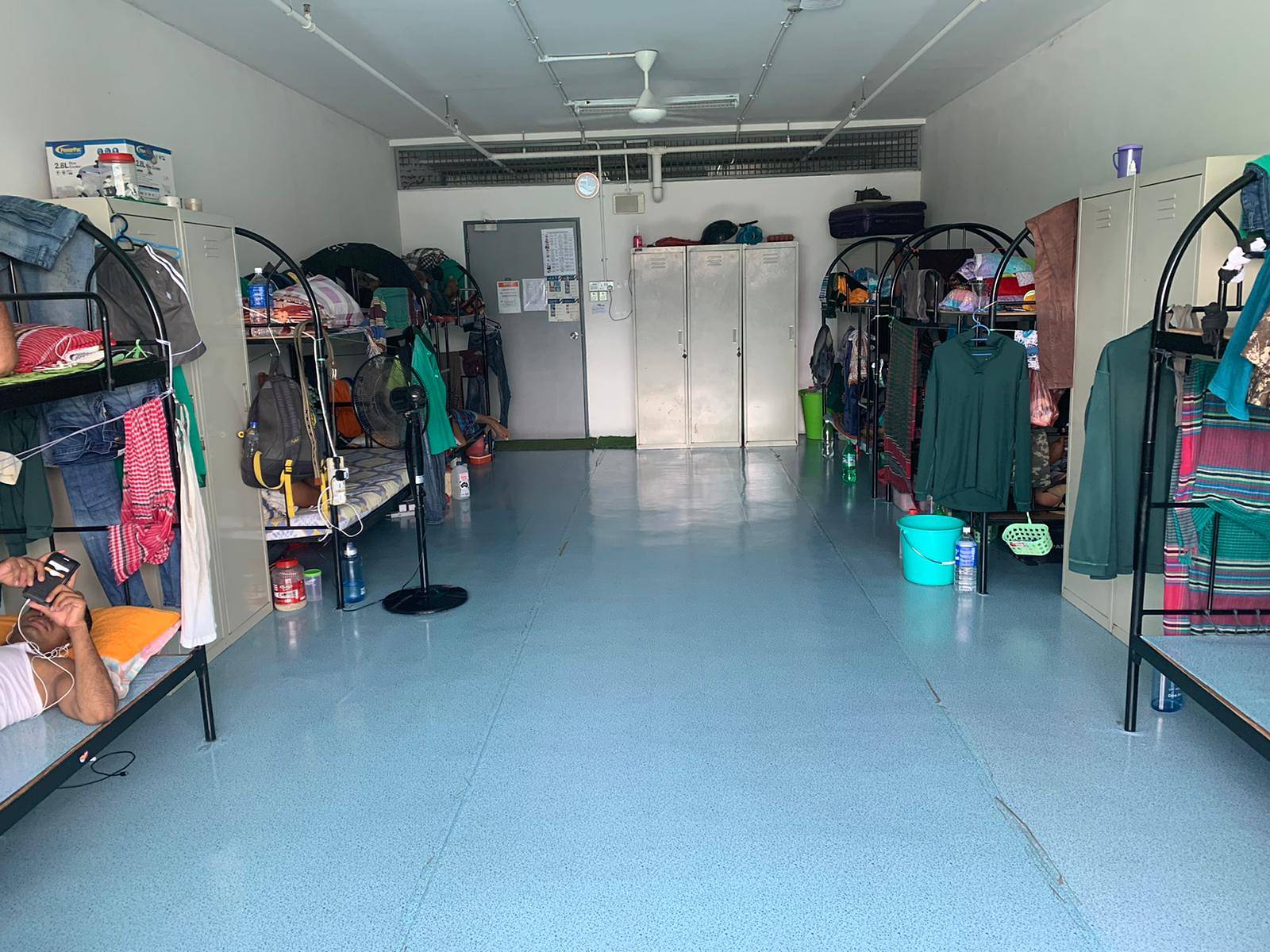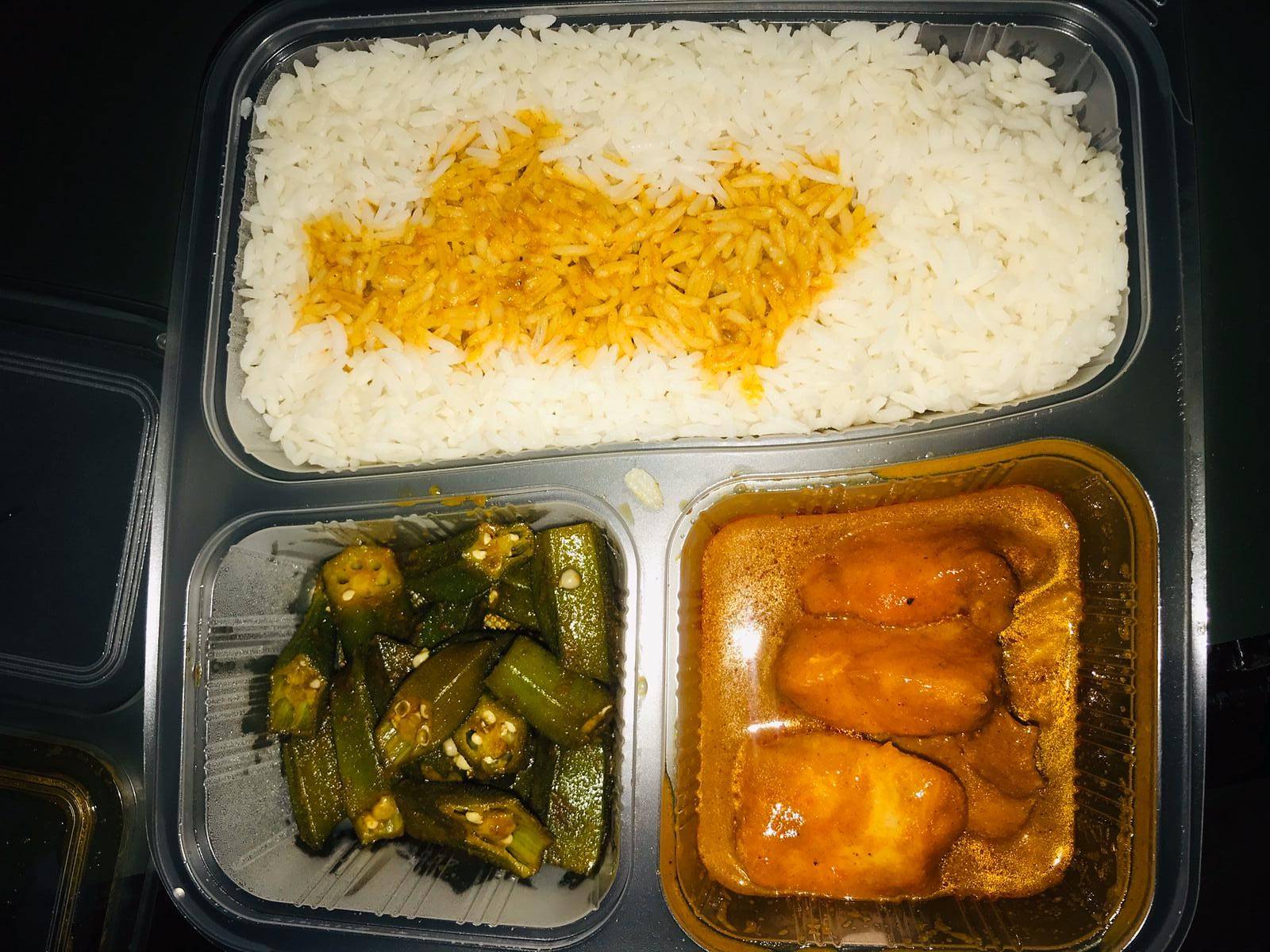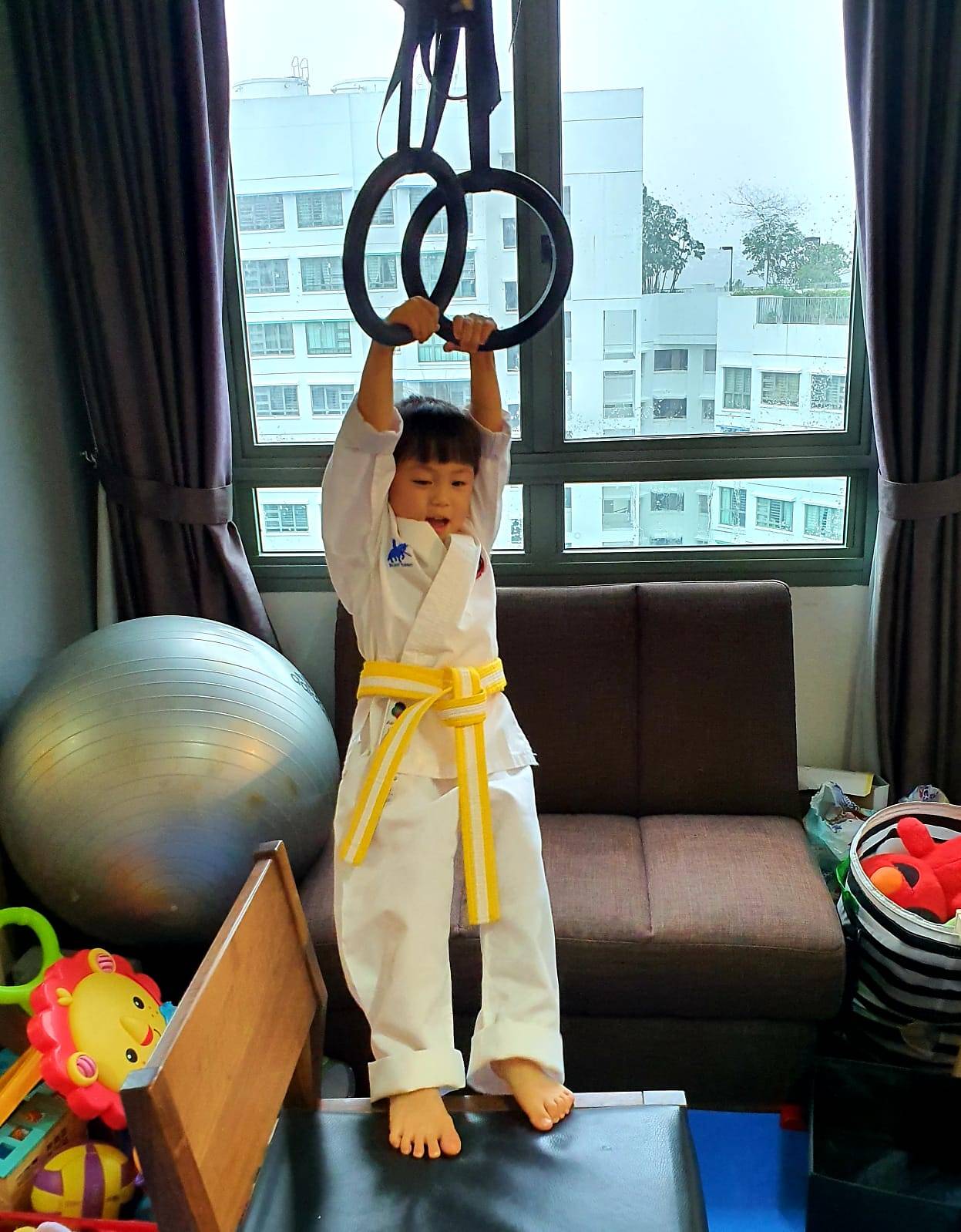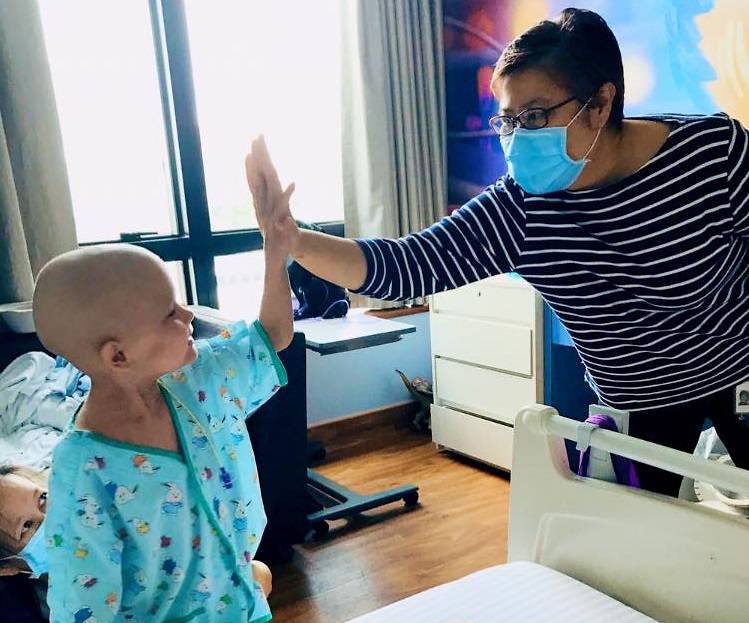SINGAPORE: Last Friday (Apr 3), Singaporeans sat glued to their screens with bated breath as Prime Minister Lee Hsien Loong addressed the nation. By then, rumours about school closure and further movement restrictions had already been circulating.
While PM Lee painted a realistic and slightly bleak picture about the future, he also expressed hope that we as a nation can deal with this pandemic. “If any country can see this through, it is Singapore.”
“Many people have been working tirelessly for the past two months — our nurses and doctors, our contact tracers and healthcare staff …. Now we are all enlisted to join them on the frontline,” he added.
By the time he finished his address, there was a palpable heaviness in the air. Seated in my living room, I had already delivered a dozen shushes to my children just so I could concentrate on his speech.
Instead of jitters and unease, however, what happened next suggested a nation composed, confident, and gearing up for action in the next phase of our fight against COVID-19.
People watching as Prime Minister Lee Hsien Loong announces stricter measures to contain the spread of COVID-19 in Singapore in a televised address on Apr 3, 2020. (Photo: Gaya Chandramohan)
GETTING READY TO STAY IN
While anxiety-fuelled panic-buying may have been the narrative when Singapore first announced a shift into DORCON Orange a few weeks back, the mood has visibly changed.
In the few hours leading up to PM’s announcement, scenes across supermarkets nationwide saw larger crowds and longer queues but people were noticeably calmer, keeping a safe distance from each other and were more polite.
Sure, common items from baby and canned food to everyday essentials like toilet paper, medication, handwashes and sanitisers were snapped up.
There may be tales of reckless behaviour, with some people not observing responsible norms of safe distancing and those few bad apples deserve repudiation.
READ: Commentary: Singaporeans queued for toilet paper and instant noodles – there is no shame in that
READ: Commentary: South Korea succeeded in controlling COVID-19 panic buying, thanks to tracking and surveillance
But by and large, the overarching atmosphere was one of responsible and calculated stockpiling, in ensuring each family unit is self-contained, rather than to hoard because of an acute fear of shortages.
Families were spending time with each other, thoughtfully picking out fresh ingredients for home-cooked meals and trying their best to avoid junk food.
Caregivers were sparing no effort in planning a nutritious mix of fruits and vegetables for elderly parents over the next few weeks.
Similarly, educators in school may have been stockpiling educational resources and sharing them in an ever-expanding list.
A teacher-friend shared her school had prepared an extensive list of science resources, which she could select and tailor for her charges.
LISTEN: Home-based learning: Good, bad, terrible … but mostly good?
In Hong Kong, some teachers are offering students lessons online during the closure. (Photo: AFP/ISAAC LAWRENCE)
Parents likewise have been preparing ahead for school closure. The question, “How will I occupy my children wisely so I can do my own work?” has been ubiquitously on our minds.
Over the previous weekend, malls were filled with parents buying educational toys, assessment books, and electronic goods.
There was a shared sense of purpose among parents who might give each other a knowing smile even as they try to keep a safe distance while in snaking lines outside Popular, IKEA and Courts.
Parents and educators are looking ahead and planning to keep children, who will be home all day, engaged with books, boardgames and more.
READ: Commentary: Japan hasn’t declared a state of emergency over COVID-19. That’s bad news
READ: Commentary: Restrictions on movements in some Southeast Asian countries to fight COVID-19 have been patchy, even scary
In the context of household preparedness, some amount of stockpiling is good, when done in a calm and responsible way.
At the national level, Singapore has been stockpiling food, water, and financial reserves all this while and that is why we have sufficient resources to get us through this crisis.
Corporations, communities and families are even donating to shelters like Home Away from Home to help Malaysian workers sleeping in the rough.
We often think about stockpiling as synonymous with selfishness but COVID-19 is showing us how saving for a rainy day places us in a position to share with those who are more in need.
BECOMING DIGITAL NATIVES OVERNIGHT
It is baffling how a crisis can move people to change overnight what might otherwise have taken years to evolve.
Mr Tay, 47, was among the first few rough sleepers picked up. He has been living at Transit Point @ Margaret Drive for 12 days, and will be returning to Penang after several failed attempts at finding a job here. (Photo: Christy Yip)
READ: Commentary: We cannot allow COVID-19 to disrupt our relationships too
It began with handwashing, a simple act often taken for granted. Now our nation is fully embracing a work-from-home and study-at-home model.
To be fair, this generation of children has already been raised on a steady diet of digital apps, educational resources, and the Internet. They are no strangers to the world of technology.
While my Primary 1 child may need help logging in and navigating his online Student Learning Space (SLS), my elder two children are adept at handling the tasks on their own.
That said, many parents felt like headless chickens on Day One as they struggled to locate the different platforms – from SLS and Xue Le, to Google Meet and Zoom – their child needed for various tasks and live lessons.
Those with many kids must have felt like a 24-hour IT helpdesk.
A parent in one of my chatgroups voiced a wish for everything to be streamlined on SLS. It garnered many virtual nods.
Over the past two weeks, tens of thousands of educators have stepped up to conduct live lessons over Google Meet, provide pre-recorded lessons on SLS, and make themselves available to answer a never-ending slew of queries from anxious parents.
READ: Commentary: ‘BBC Dad’ has learnt a thing or two about working from home
READ: Commentary: We cannot allow COVID-19 to disrupt our relationships too
More can surely be done to simplify the processes behind home-based learning for everyone to achieve more with less, so our children can manage their learning more independently.
These teething issues will hopefully be resolved in good time. But it is to the credit of educators online learning has taken off here at such breakneck speed.
Enrichment providers and music and tuition teachers have also been forced to pivot at short notice.
Just last week, my daughter had her first Facetime lesson with her violin teacher who is now in Malaysia, and my youngest son had his first drum class over Zoom.
While there may be minor kinks with the online applications, such as the odd patch connection, I am thankful that the children get to continue on their learning journey, and that we have a slice of “normal” in our lives.
A handout image taken and released by 10 Downing Street on Mar 31, 2020, shows a scrren relaying a Zoom video conference with Britain’s Prime Minister Boris Johnson (top row, left), chairing a remote session with minister of his Cabinet. (Photo: AFP/10 Downing Street/Pippa Fowles)
Perhaps this learning to respond to the uncertainty over COVID-19 is teaching all of us one of the biggest lessons of our lives.
A TRAINING IN PATIENCE FOR PARENTS
Meanwhile, parenting has undergone a sea-change too.
Having been catapulted into a world where academic content, while still important, take second place to keeping our family safe and sane, we have had to let go of old habits and preoccupations.
From micro-managing every detail of our children’s lives and sending them from class to class, to learning new tricks, like organising Facetime recess meet-ups with their buddies and tapping on high-quality educational resources online, parents too have had to re-examine their priorities.
Interestingly, with the call to stay home, some families now feel they have more time together.
READ: Commentary: How to sabotage your child’s future – five dangerous notions about life, careers and education
READ: Commentary: No ordinary disruption – a rising generation meets the coronavirus
No doubt stress levels can be high for dual-income families caring for their children on top of managing work responsibilities, but bosses and coworkers too are discovering new depths of empathy.
Over the next four weeks, family relationships may come under pressure as being in close quarters throw up new challenges of space and device constraints.
We will all need time to adjust and find a new, and workable, normal.
But so long as we work hand-in-hand – schools with parents, organisations with employees, government with citizens – so long as there is trust, open communication and respect, we might find that we are all more adaptable and resilient than we thought.
Maybe this is what education and life is about.
Singapore’s story of COVID-19 has yet to come to an end. But we all have a part in writing its conclusion.
The process might be uncomfortable, but if we stay united as a family and then as a country, we will hopefully be able to mark it in our history books and say, we went through that storm and we overcame.
BOOKMARK THIS: Our comprehensive coverage of the novel coronavirus and its developments
Download our app or subscribe to our Telegram channel for the latest updates on the coronavirus outbreak: https://cna.asia/telegram
June Yong is a mother of three, an educational therapist and owner of Mama Wear Papa Shirt, a blog that discusses parenting and education in Singapore.
